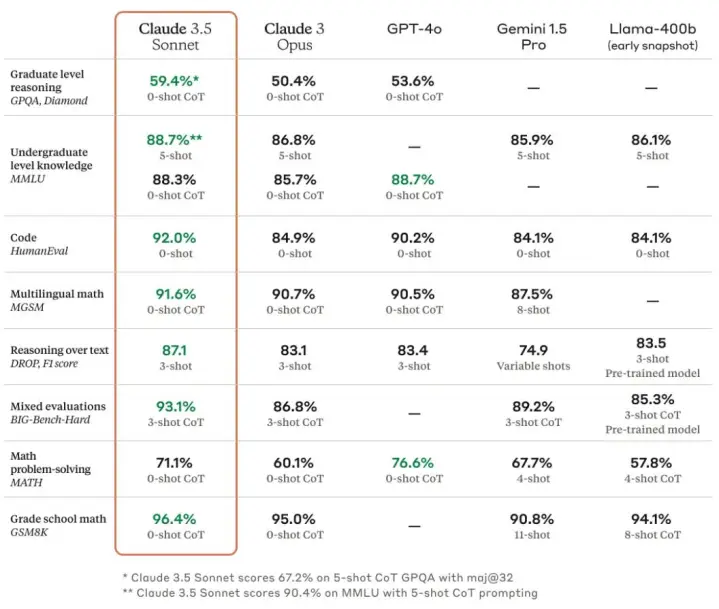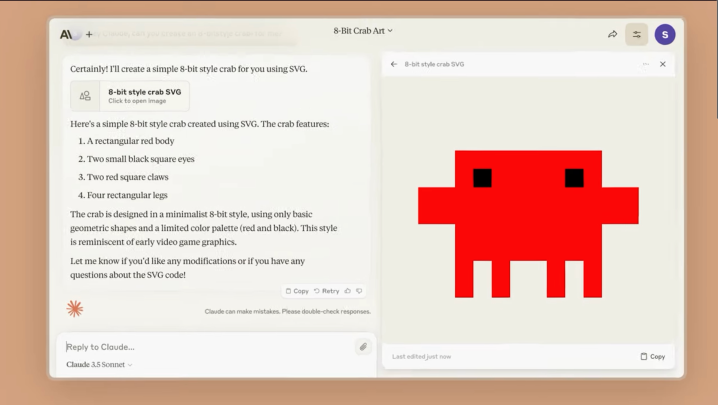7 Free AM simulation tools you might not know - Engineering.com
- Multiphysics simulation software
- Capabilities: fluid dynamics, structural mechanics, electromagnetics, heat transfer, acoustics
- Supports Windows, Linux, and macOS
- Used for WAAM process simulation
- 2D and 3D PDE solver
- Features: Navier-Stokes equations, thermal analysis, fluid-structure interaction
- Originally developed for Macintosh in 1987
- Used for topology optimization in 3D printing supports
3. **GEKKO**
Website: [gekko.readthedocs.io](https://gekko.readthedocs.io)
- Python-based optimization suite
- Applications: machine learning, dynamic simulation, nonlinear predictive control
- Used for simulating heat treatments of AM parts
4. **NetLogo**
Website: [ccl.northwestern.edu/netlogo](https://ccl.northwestern.edu/netlogo)
- Agent-based modeling platform
- Developed at Northwestern University
- Used for AM research simulation and supply chain modeling
5. **Project Chrono**
Website: [projectchrono.org](https://projectchrono.org)
- Multibody physics simulation tool
- Features: rigid/soft body dynamics, collision detection, fluid-solid interaction
- Used for SLS process modeling
6. **Scilab**
Website: [scilab.org](https://www.scilab.org)
- Numerical computational package
- Similar to MATLAB/Simulink
- Used for SLM evaluation and WAAM trajectory planning
7. **SU2 Code**
Website: [su2code.github.io](https://su2code.github.io)
- PDE solver and optimization suite
- Primary focus on computational fluid dynamics
- Used for metal AM process modeling and topology optimization
Design for Additive Manufacturing Process (DfAM) Phases and Tool Implementation
The Design for Additive Manufacturing process begins with the Conceptual Phase, where initial ideas are transformed into preliminary designs. During this phase, teams use tools like NetLogo for system-level modeling, SU2 Code for basic topology studies, and FreeFEM for early validation. This phase is about exploring possibilities while considering fundamental constraints – thinking through how the part will function, what it needs to achieve, and whether AM is the right manufacturing approach.
Moving into the Detailed Design Phase, the focus shifts to turning concepts into manufacturable designs. This is where the heavy lifting of engineering analysis occurs. Teams employ SU2 Code for detailed flow analysis, Elmer FEM for thermal modeling, and FreeFEM for support structure optimization. The goal is to refine the geometry while considering AM-specific constraints like build orientation, support structures, and thermal behavior. This phase produces the optimized design that will move forward into manufacturing planning.
The Process Planning Phase translates the design into specific manufacturing instructions. Using GEKKO for parameter optimization, Scilab for material behavior simulation, and Project Chrono for powder dynamics, teams determine exactly how the part will be built. This includes defining layer thickness, power settings, scan patterns, and other critical process parameters. It's about bridging the gap between what was designed and how it will actually be manufactured.
During the Manufacturing Simulation Phase, the entire build process is simulated before any actual production begins. Elmer FEM analyzes thermal behavior, Project Chrono simulates the material deposition process, and Scilab validates toolpaths. This virtual build helps identify potential issues like thermal distortion, residual stress, or build failures before they occur in reality, saving time and materials.
The Post-Processing Phase plans how to transform the as-printed part into the final product. GEKKO optimizes heat treatment schedules, Scilab analyzes material properties, and NetLogo helps integrate these steps into the broader production workflow. This phase ensures that the part not only prints successfully but also achieves its required final properties through appropriate heat treatment, surface finishing, and other post-processing steps.
Finally, the Validation Phase brings everything together to verify that the part meets all requirements. All tools are used iteratively to compare actual results with predictions, refine models based on real data, and update process parameters as needed. This phase creates a feedback loop that improves future builds and contributes to the organization's AM knowledge base. It's not just about validating individual parts but about continuously improving the entire AM process.
Each phase builds upon the previous ones while maintaining the flexibility to iterate and refine based on new insights. The process is designed to be cyclical rather than purely linear, allowing teams to move back to earlier phases when necessary to optimize designs or processes. This integrated approach helps ensure successful AM parts while building organizational knowledge and capabilities.
1. Conceptual Design Phase
Applicable Tools
- NetLogo
- SU2 Code
- FreeFEM
Process Implementation
During conceptual design, these tools help evaluate initial design feasibility and explore design spaces. NetLogo can model system-level impacts and constraints, while SU2 Code and FreeFEM support early topology optimization studies.
Inputs
- Design requirements and constraints
- Performance targets
- Material properties
- Manufacturing constraints
- Build volume limitations
- Cost targets
- Production volume requirements
Outputs
- Initial topology concepts
- Rough part orientation options
- Preliminary support requirements
- System integration feasibility reports
- Early cost estimates
- Production timeline estimates
Workflow Example
- Input design requirements into NetLogo for system-level validation
- Use SU2 Code for initial topology studies
- Validate preliminary designs with FreeFEM
- Generate concept reports and feasibility assessments
2. Detailed Design Phase
Applicable Tools
- SU2 Code
- FreeFEM
- Elmer FEM
Process Implementation
At this stage, tools are used to refine and optimize the design while considering manufacturing constraints. SU2 Code performs detailed flow analysis for channels, FreeFEM optimizes support structures, and Elmer FEM analyzes thermal behavior.
Inputs
- Conceptual design geometry
- Detailed material specifications
- Process parameters
- Support structure requirements
- Surface finish requirements
- Tolerance specifications
- Performance requirements
Outputs
- Optimized part geometry
- Support structure designs
- Thermal distortion predictions
- Stress analysis results
- Detail drawings
- Manufacturing instructions
- Validated design features
Workflow Example
- Import concept geometry into SU2 Code for detailed optimization
- Use Elmer FEM for thermal analysis
- Optimize supports with FreeFEM
- Generate technical documentation
3. Process Planning Phase
Applicable Tools
- GEKKO
- Scilab
- Project Chrono
Process Implementation
These tools focus on optimizing the manufacturing process itself. GEKKO optimizes process parameters, Scilab simulates material behavior, and Project Chrono models powder bed dynamics.
Inputs
- Final part geometry
- Machine specifications
- Material parameters
- Layer thickness requirements
- Build chamber conditions
- Process parameters
- Quality requirements
Outputs
- Optimized process parameters
- Layer strategies
- Scan patterns
- Power settings
- Feed rates
- Environmental requirements
- Quality control plans
Workflow Example
- Use GEKKO to optimize process parameters
- Simulate material behavior with Scilab
- Validate powder dynamics with Project Chrono
- Generate process documentation
4. Manufacturing Simulation Phase
Applicable Tools
- Elmer FEM
- Project Chrono
- Scilab
Process Implementation
Before production, these tools simulate the complete manufacturing process to predict issues. Elmer FEM analyzes thermal behavior, Project Chrono simulates material deposition, and Scilab validates toolpaths.
Inputs
- Process parameters
- Build setup details
- Support structures
- Environmental conditions
- Machine settings
- Material properties
- Quality requirements
Outputs
- Thermal distribution maps
- Distortion predictions
- Residual stress analysis
- Layer quality predictions
- Build time estimates
- Resource consumption estimates
- Risk assessments
Workflow Example
- Run thermal simulation with Elmer FEM
- Validate material behavior with Project Chrono
- Verify toolpaths with Scilab
- Generate simulation reports
5. Post-Processing Planning Phase
Applicable Tools
- GEKKO
- Scilab
- NetLogo
Process Implementation
These tools help optimize post-processing operations. GEKKO plans heat treatments, Scilab analyzes material properties, and NetLogo optimizes workflow integration.
Inputs
- As-built part properties
- Required final properties
- Surface finish requirements
- Heat treatment parameters
- Production schedule
- Resource availability
- Quality specifications
Outputs
- Heat treatment schedules
- Surface finishing plans
- Quality control procedures
- Resource allocation plans
- Timeline estimates
- Cost estimates
- Workflow integration plans
Workflow Example
- Optimize heat treatments with GEKKO
- Plan finishing operations with Scilab
- Integrate into production with NetLogo
- Generate post-processing documentation
6. Validation and Iteration Phase
Applicable Tools
All tools are used iteratively for validation and refinement.
Process Implementation
This phase involves comparing actual results with simulations and updating models for better accuracy. Each tool contributes to validating its respective aspects of the process.
Inputs
- Manufacturing results
- Quality control data
- Process monitoring data
- Material testing results
- Cost data
- Timeline data
- Performance measurements
Outputs
- Validation reports
- Model refinements
- Process improvements
- Design updates
- Documentation updates
- Knowledge base additions
- Best practice updates
Workflow Example
- Compare actual results with simulations
- Update models based on real data
- Refine process parameters
- Document lessons learned



















